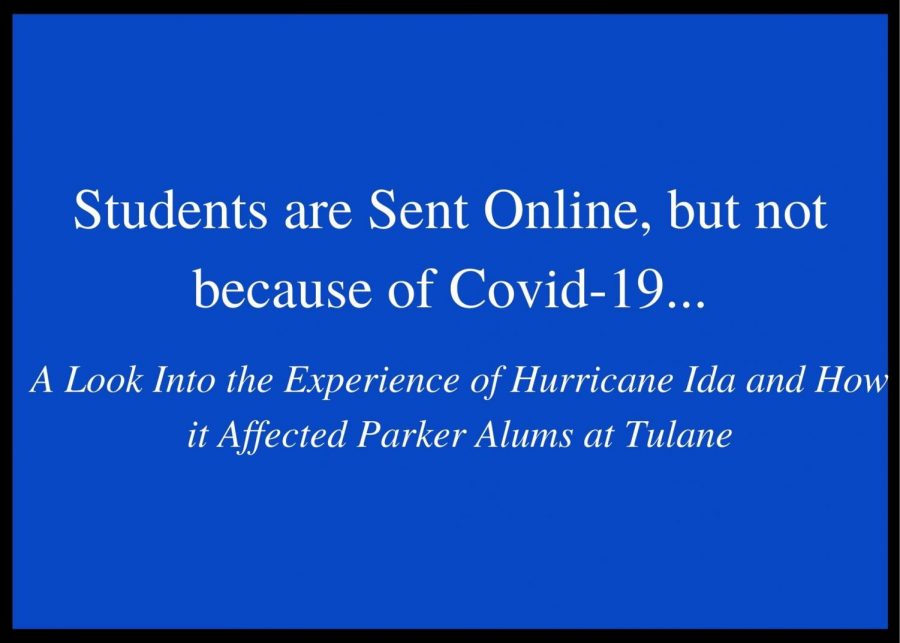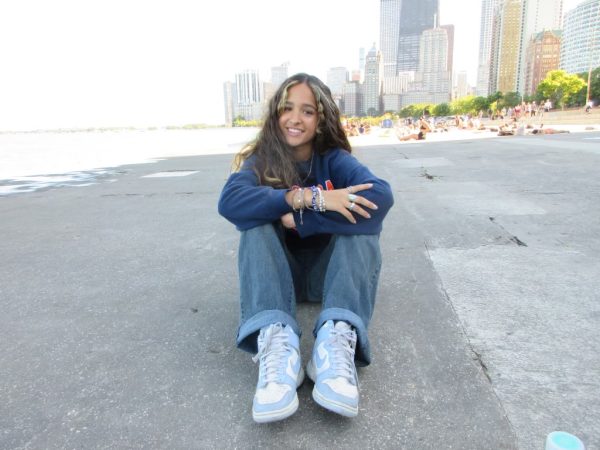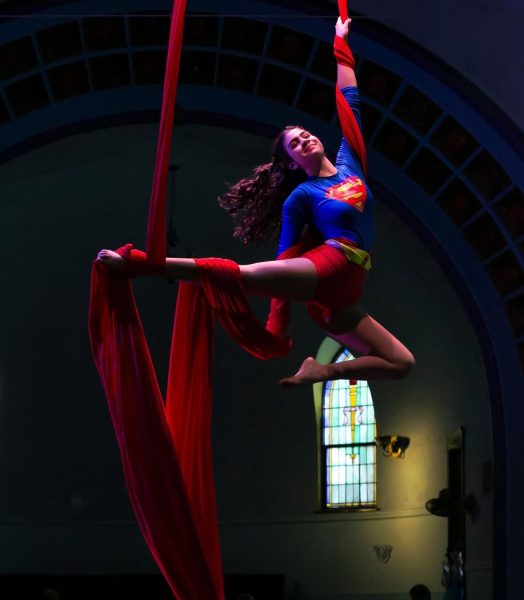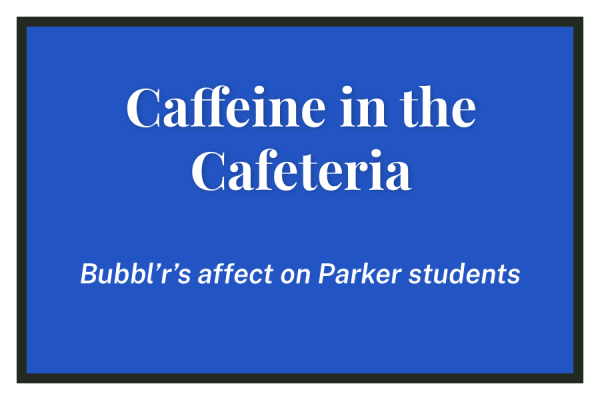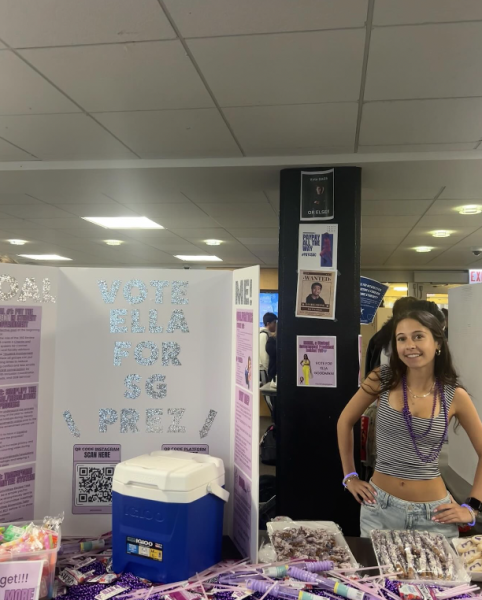Students are Sent Online, but not because of Covid-19…
A Look Into the Experience of Hurricane Ida and How it Affected Parker Alums at Tulane
With COVID-19 case numbers declining and university vaccination requirements in place, college students were excited to be back in their dorms. The same can’t be said for Tulane students, and it has nothing to do with the pandemic.
Hurricane Ida hit Louisiana hard as one of the most powerful and rapidly intensifying storms to hit the United States, delivering days of misery and destruction. From its landfall in Louisiana on the 16th anniversary of Hurricane Katrina to the harsh rains that hammered the Northeast, Ida affected residents throughout Louisiana and other parts of the US including the campus of Tulane.
After forming in the Caribbean Sea on August 26, Hurricane Ida lashed Louisiana on Sunday, August 29, making landfall near Port Fourchon as an “extremely dangerous” Category 4 storm with sustained winds of 150 mph. A storm becomes a Category 5 at 157 mph, which Ida reached, bringing catastrophic winds, heavy rainfall, and tornadoes, along with flash and urban flooding along the coasts of Louisiana, Mississippi, and Alabama. “The growth of the hurricane’s effect absolutely surprised me,” said Tulane sophomore Ethan Rosenberg, Parker ‘20. “I was in class on August 30 with another Parker alum, Fin Gallagher, when I showed him an email that said: ‘Tulane is currently monitoring a tropical storm in the gulf, updates will follow.’” Rosenberg didn’t think much of it, but only a few days later the tropical storm had grown to a hurricane.
“Everyone underestimated the storm until the last minute,” Tulane junior, Maddy May ’19 said. “By that time, no one, including the school, was prepared.” Both May and Rosenberg left the city before Tulane’s advice to evacuate. May went to Mizzou, and a couple of days later flew home to Chicago. “I went up to Hattiesburg, Mississippi,” Rosenberg said, “about 115 miles northeast of New Orleans, and I stayed through the hurricane and the week following.”
Tulane junior, Luke Grisko ’19, was also surprised by the growth of the natural disaster. When advised to evacuate, he and 15 friends went to Southern Methodist University to see the college and visit some friends. “Although the hurricane was awful, and I was upset to leave school, seeing friends was a nice benefit,” Grisko said.
Another relief for Grisko was his living situation. He lives in a fraternity house which wasn’t affected, but the house his friend lives in was destroyed as a tree fell through it, breaking the entire house in half. “Many of the students that lived in dorms had a tough time,” says May. “There was lots of flooding, shattered windows, and of course, no power.”
Although not a Parker alum, another Tulane student Adrianne Bajon and a small group of friends were unable to evacuate due to a lack of gasoline, so they had to stay in New Orleans. As they hunkered down, the group of about seven students played Uno, watched “Cloudy with a Chance of Meatballs” and documented everything they could on TikTok. Bajon isn’t the only student who shared their experiences on social media. Since Ida made landfall Sunday, students across Louisiana have shared their experiences sheltering at their colleges and universities. Luckily, Bajon and her friends were able to stay safe through the hurricane, but she said the whole experience was quite frightening.
For the students who were able to make it home safely like Grisko, Rosenberg, and May, all were ready to get back to the campus as soon as possible. The school originally scheduled to have the students return on October 11, but due to successful cleanup and safety measures, the students were able to return, in-person, on September 26. Not living in Tulane’s dorms and having no detrimental effects on their houses, Grisko and May were able to return to New Orleans even earlier, although in-person school had not started yet.
“The whole experience was just in general very shocking,” May said. “I am glad that the school wasn’t terribly damaged, but many places in New Orleans suffered.” The growth of the Stage 5 hurricane occurred so quickly that the city did not have much time to prepare. Many Parker alumni were able to evacuate quickly enough, though the city couldn’t escape.


